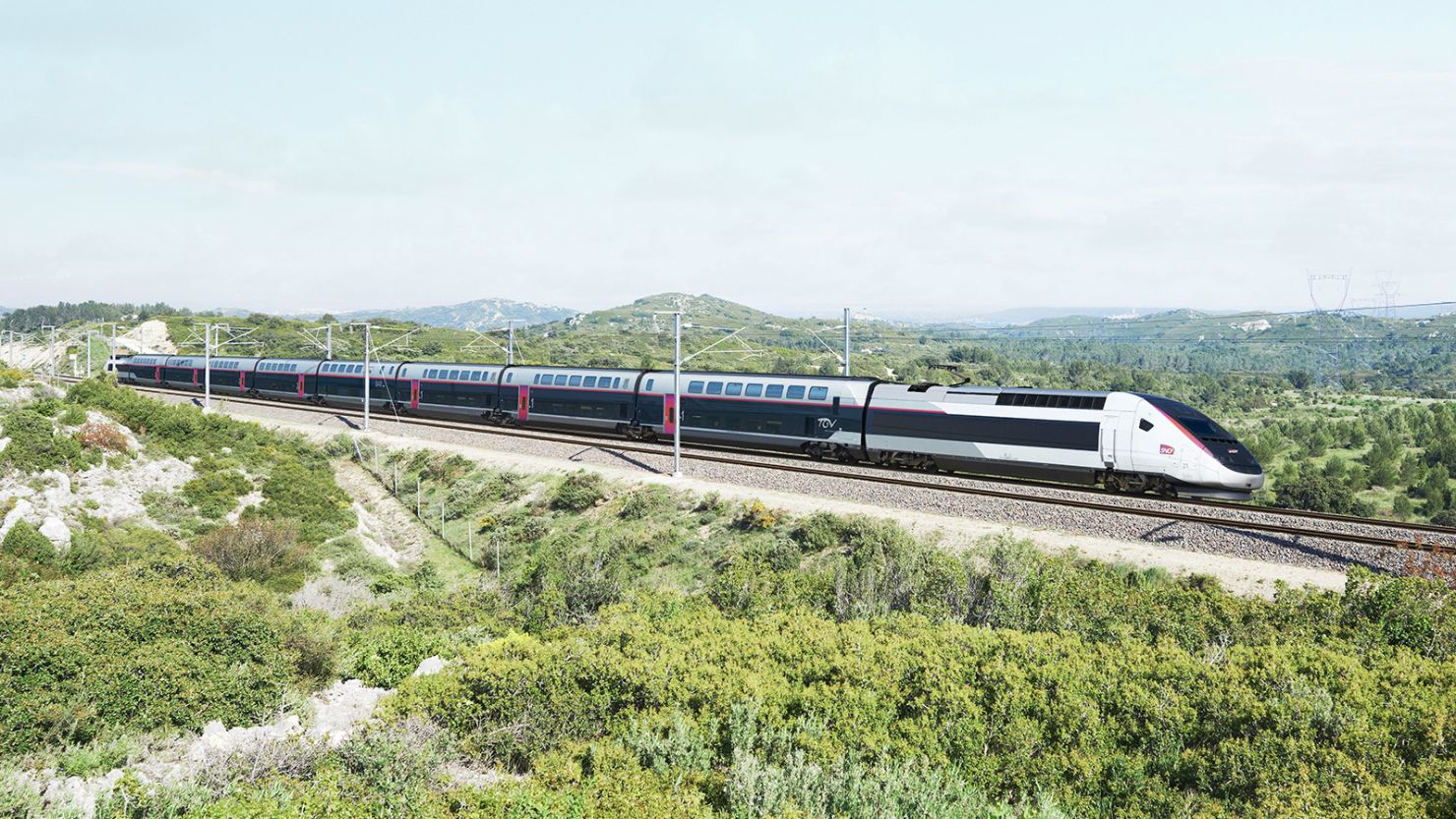Editor’s Note: Sign up for Unlocking the World, CNN Travel’s weekly newsletter. Get the latest news in aviation, food and drink, where to stay and other travel developments.
In the Czech countryside, not far from Prague, a ghostly white train is speeding around and around a huge loop of track.
From the air, the single circuit looks like a giant model railroad. Only this one isn’t being used for fun. It’s one of Europe’s few dedicated facilities where new trains can be intensively tested away from public tracks.
For six months, the anonymous white train will make endless laps of the circuit at up to 125 miles per hour (200 kph), allowing technicians to monitor every aspect of its performance.
Meanwhile, a second train will be sent to Vienna in Austria, to be tested in temperatures ranging from minus 20 C to 40 C (minus 4 F to 104 F), blasted with snow and ice, and put through a wind tunnel of speeds of up to 100 mph in Europe’s only specialist climatic testing center.
Why is this important? Well, for French National Railways (SNCF) it marks the beginning of a new era: a reboot for its iconic TGV trains.
This latest generation of 200 miles per hour (320 kph) TGVs will be tested to its limits for more than two years before it can start carrying passengers in 2024.
And it’s not just important for France – these cutting edge double-decker trains will serve both domestic and international high speed routes, starting with Paris-Lyon and Paris-Milan.
Of the 115 trains currently ordered, 15 will replace older TGVs on the Milan route from 2025, where SNCF is now facing stiff competition from Italian competitor Trenitalia. The others will replace older trains built in the 1980s and 1990s for the Paris-Lyon Sud Est (PSE) route, gradually spreading to other lines as the fleet grows.
A new need for speed
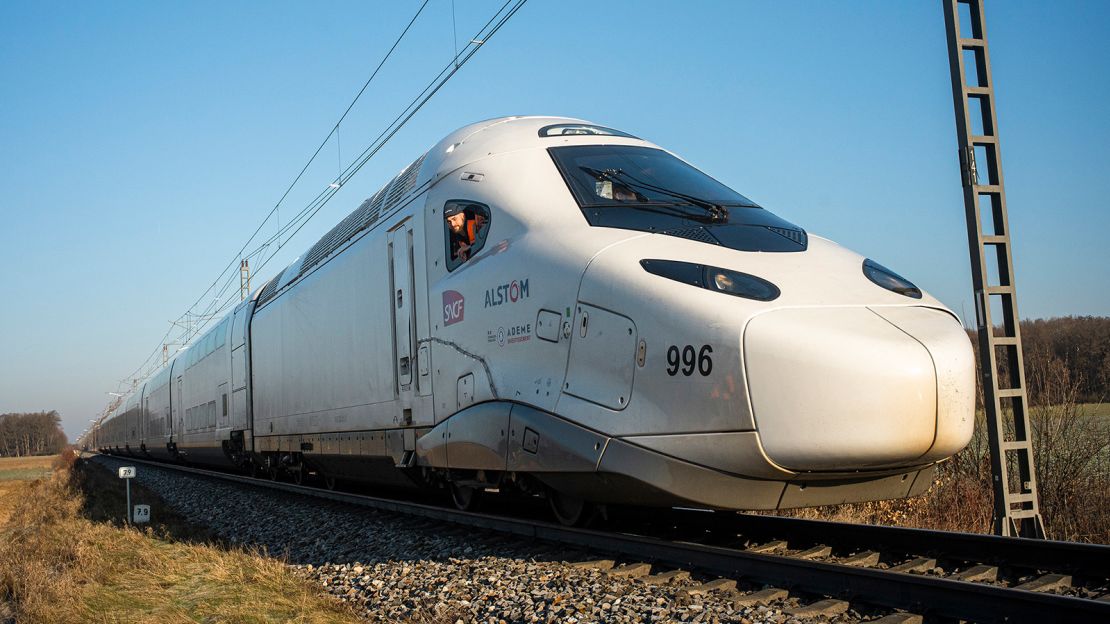
Designated TGV-M (the “M” stands for “modular”), the new trains are a manifestation of France’s renewed passion for high speed trains, which will, over the next decade, see the network extended to Toulouse (from Bordeaux), as well as abroad – to Turin in Italy (from Lyon) and from Bordeaux to northern Spain.
The future didn’t always look so bright. In 2017, French President Emmanuel Macron sidelined further development of the TGV network, preferring to “reassess” investment and focus on “everyday transport” for urban areas, such as commuter railways and metros.
That attitude didn’t prevail for long, however, and even as he was pushing local-centric policies, SNCF continued to plan a new wave of high speed lines and extensions to the current network.
Six projects are currently in progress, three of which will eventually play a key role in the ambitious plan to create a Europe-wide high speed rail network.
Almost 30 years after it was first mooted, SNCF’s next TGV line should be complete by 2030, extending the current Paris-Bordeaux route to Toulouse – France’s fourth largest city and a major hub for high tech industry and tourism. The 222 kilometer (138 mile) extension will reduce Paris-Toulouse journeys by more than an hour – from the current four hours and 15 minutes to just over three hours.
The new normal for France travel
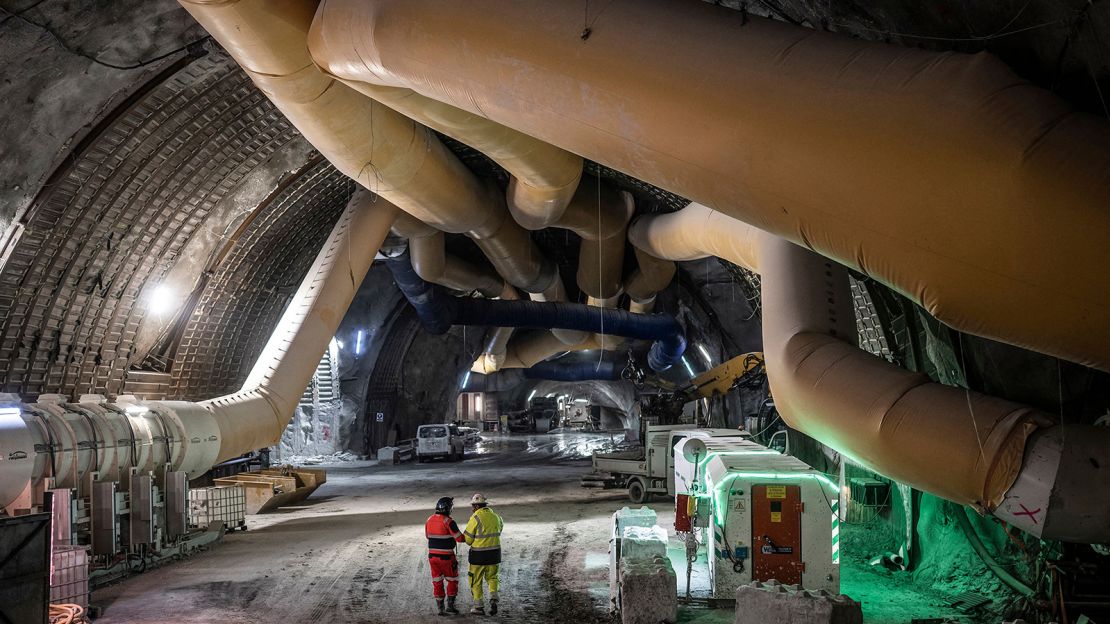
“People are already turning away from airlines and taking the TGV on this route,” says David Haydock, French railways expert and former editor of Today’s Railways Europe magazine.
“Once the high speed line is completed through to Toulouse, even more will switch – just as they have on the routes from Paris to Lyon, Bordeaux, Nantes and Marseille over the last 40 years.”
Construction of the first 31 miles (50 kilometers) of track south of Bordeaux will be shared with a new international link to northern Spain, although it’s likely to be well into the 2030s before TGVs are speeding seamlessly into the Basque Region.
The final phase of the Sud Europe-Atlantique route will extend the Paris-Bordeaux line south to the Spanish border. Eventually connecting into the Spanish high speed network, it’ll provide a fast, direct route between Paris, the densely populated Basque region around San Sebastián, and onwards to Madrid.
Also important to international travelers will be the controversial 25 billion euros ($27 billion) Lyon-Turin route, which features a 36 mile tunnel under the Savoy Alps. Although there is already a busy rail route between the two cities, capacity and speed are severely limited by the mountainous terrain.
The efforts to connect cities across national borders is supported by the Community of European Railways (CER), which represents 70 rail providers across the continent. “CER fully supports the completion of a high-speed rail network connecting all major cities, urban nodes and airports,” says Alberto Mazzola, its executive director.
“It will reduce rail travel time between EU capitals and major cities to under four and six hours and, with affordable and comfortable trains, rail will become the preferred mode of transport. This is why it is essential for all [EU] member states to invest in high speed rail.”
He adds: “Our research clearly demonstrates the significant socio-economic and sustainability benefits. At an estimated 750 billion euros ($812 billion), the long-term economic benefits will be substantially greater than the costs – an estimated 587 billion euros ($635 billion). These connections would bring an exceptional increase of rail ridership and market share.
“Each member state must play its part in the completion of the corridors to ensure that the EU’s target of doubling high speed rail traffic by 2030 and tripling it by 2050 is met.”
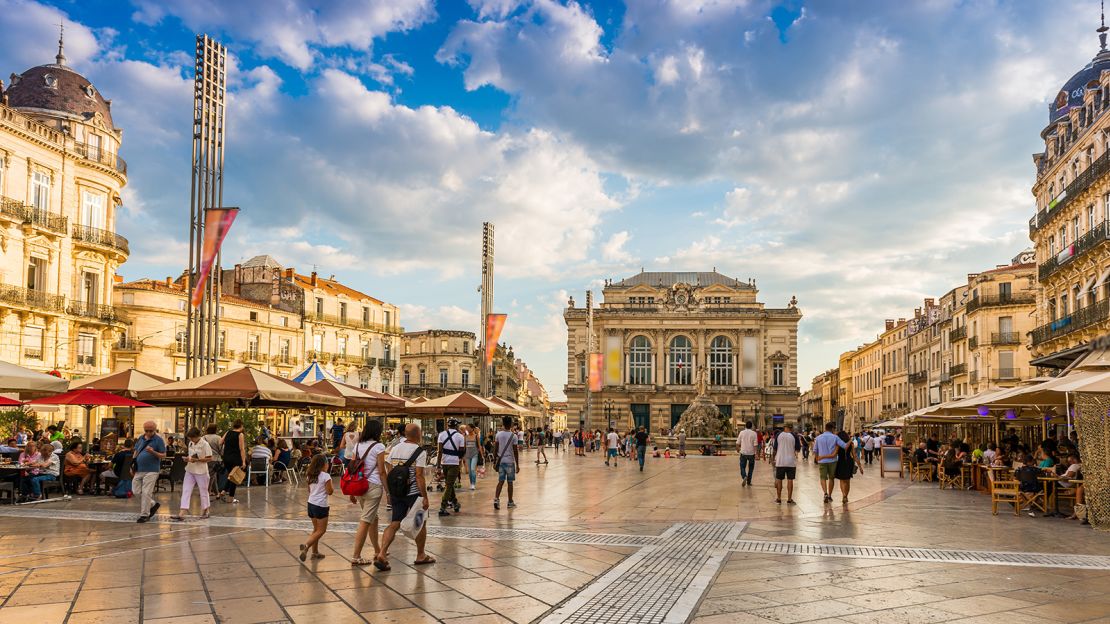
Meanwhile, the French government has (after much pressure) greenlit a project to plug the final missing link in what will become Europe’s longest continuous high speed route: from London to Málaga and Seville in southern Spain. Paris-Barcelona TGVs must currently revert to regular lines between Montpellier and Perpignan in southern France, extending journey times by an hour and running the risk of delays from slower local trains.
The Montpellier-Perpignan line will eliminate this gap and complete a remarkable ribbon of high speed railway running for more than 1,000 miles. Construction of the first section from Montpellier to Béziers is now expected to be completed in 2034, with the Béziers-Perpignan section completed by 2040.
History of a game-changer
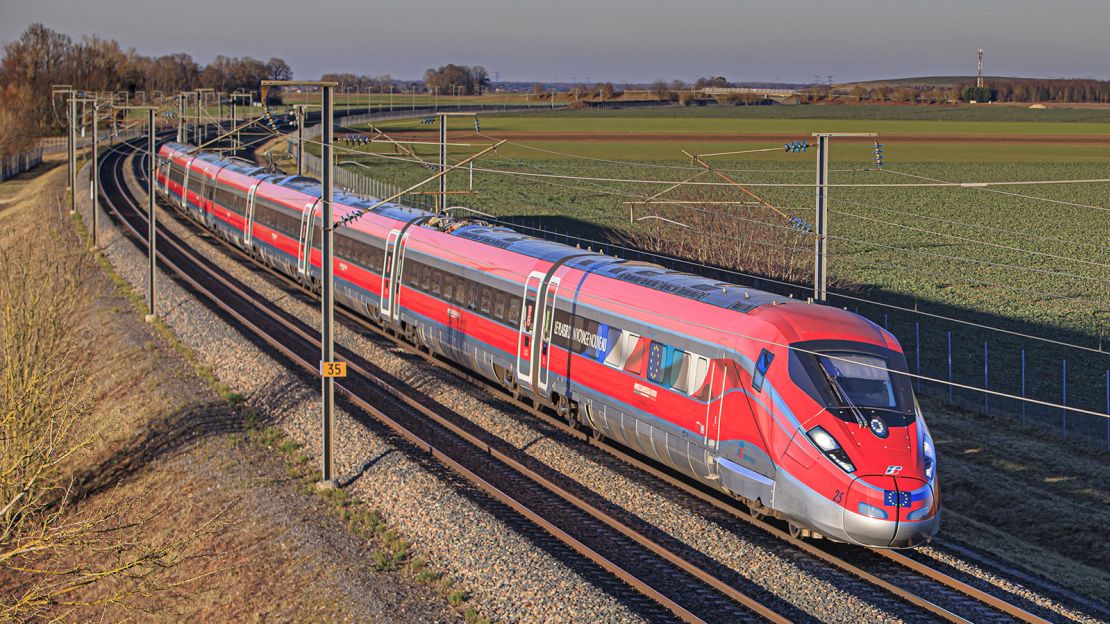
Since it entered commercial service in 1981, TGV – which stands for Train á Grand Vitesse, or high speed train – has been an enormous success story for France. Not only has it slashed journey times on long-distance routes and stimulated economic development outside Paris, but the French rail industry has exported its high speed rail technology, skills and experience to 25 countries worldwide. Trains derived from TGV now run in Spain, Morocco, South Korea, Taiwan, Italy and the United States, and include international fleets operated by Eurostar that link France with England, Belgium, the Netherlands and Germany.
TGV-M is the latest iteration of that family, promising to be 25% more energy efficient, 20% cheaper to buy and operate, more flexible in its layout and design, and seat 20% more passengers than its predecessor, the TGV Duplex. At the end of the trains’ lives, more than 90% of the materials used can be recycled.
Gearing up against the competition
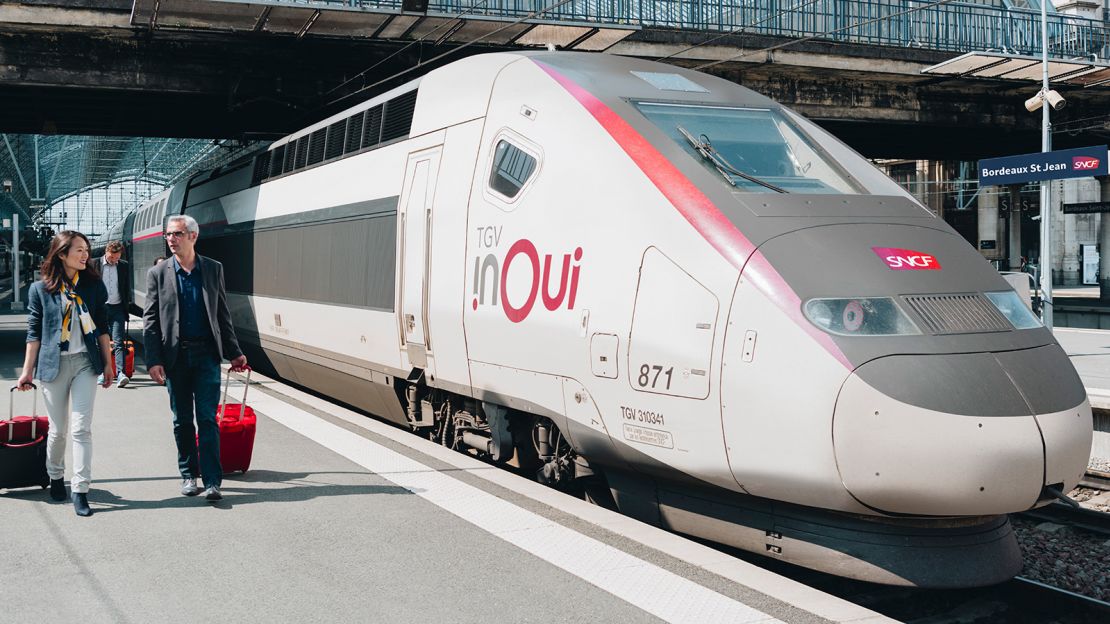
All these factors help rail’s green agenda, but SNCF is also acting in self defense against a raft of new competitors who want a piece of France’s lucrative high speed rail market.
In the last 12 months, Italy’s Trenitalia has made a huge impact on the Paris-Milan and Paris-Lyon routes, where its stunning Frecciarossa (Red Arrow) trains compete directly with TGVs. Since they started in December 2021, passenger numbers on the Milan route have shot up by 58% while fares have fallen by an average of 7%.
Nick Brooks, secretary general of ALLRAIL, which represents non-state train operators in the European rail market, says: “This new example and others, such as SNCF and Trenitalia competing with Spanish Railways, show how long-distance competition between incumbents is driving modal shift to passenger rail.”
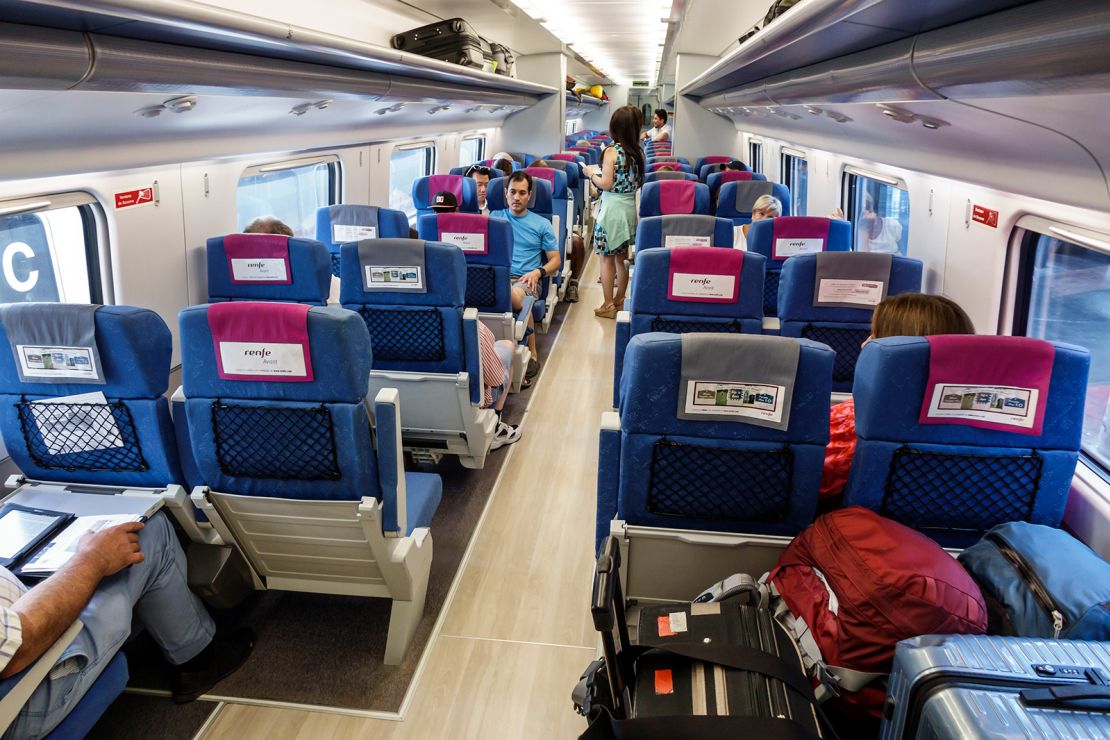
Having seen SNCF introduce low-cost TGVs between Madrid and Barcelona to compete with its established AVE services in 2021, Spanish Railway RENFE wants to return the favor by starting high-speed routes from Barcelona to Paris, Marseille and Toulouse in the next couple of years. It has even stated that it wants to compete with Eurostar on the Paris-London route.
Within France, new startups such as Le Train and Kevin Speed want to take advantage of EU competition rules to expand the high speed rail options beyond established SNCF’s TGV routes. It’s an extremely expensive and complex process, but if they can make the numbers stack up and get the trains and schedules they need, these newcomers could play a significant role in an exciting new era for high speed rail in France.
